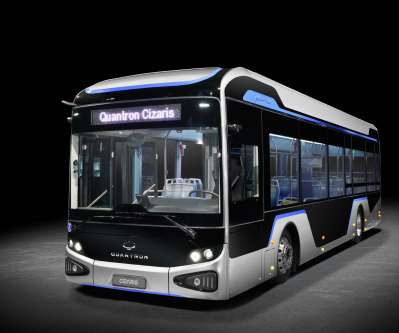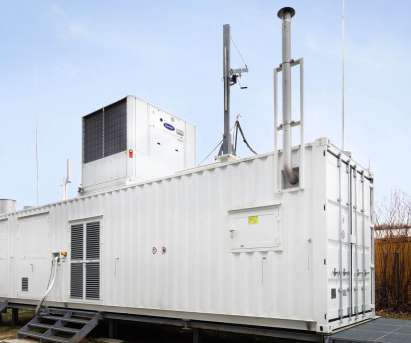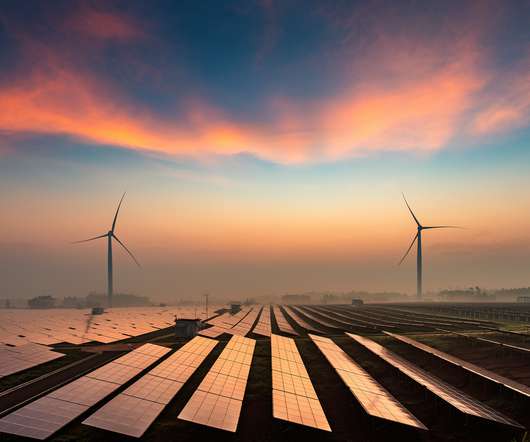QUANTRON introduces new CIZARIS 12m electric bus; BEV first, fuel cell model next year
Green Car Congress
FEBRUARY 22, 2022
With between 242 and 424 kWh of selectable battery capacity, the roof-mounted battery packs only (a maximum of six in the front and six in the rear depending on customer preference) are fast-charged with 65 to 150 kW direct current (DC) in two to five hours. The total heating capacity can be increased to a total of 50 kW if required.













Let's personalize your content